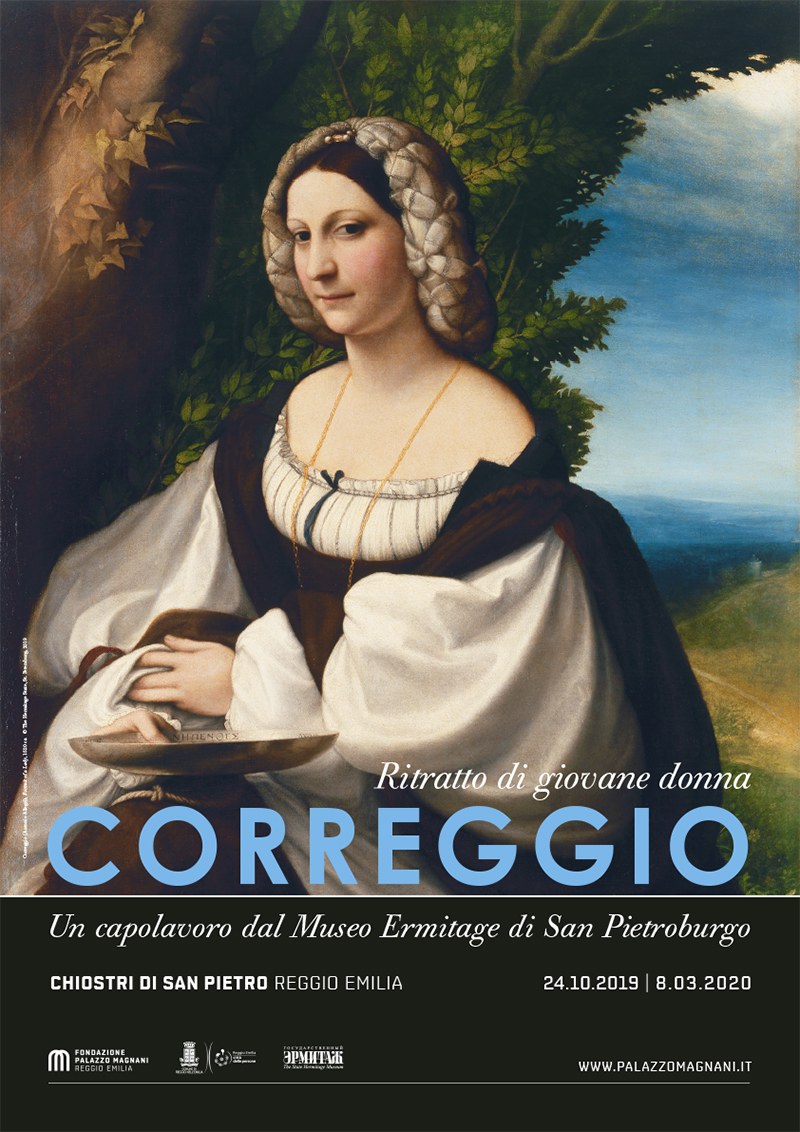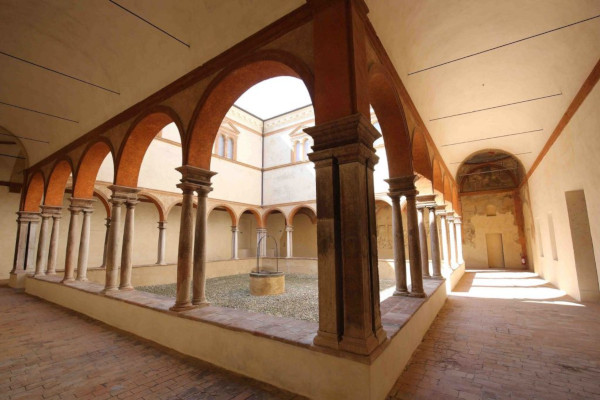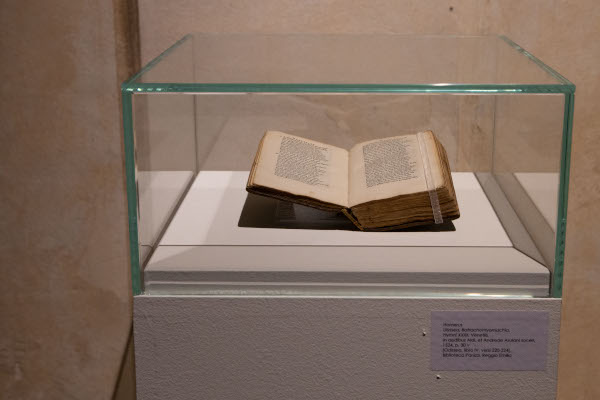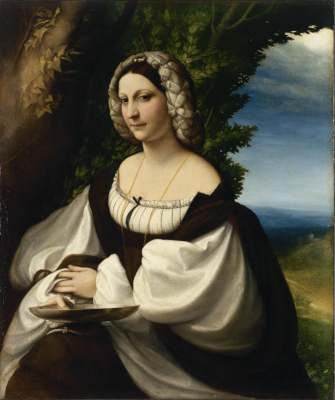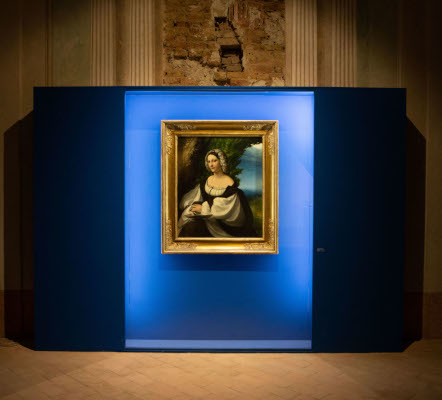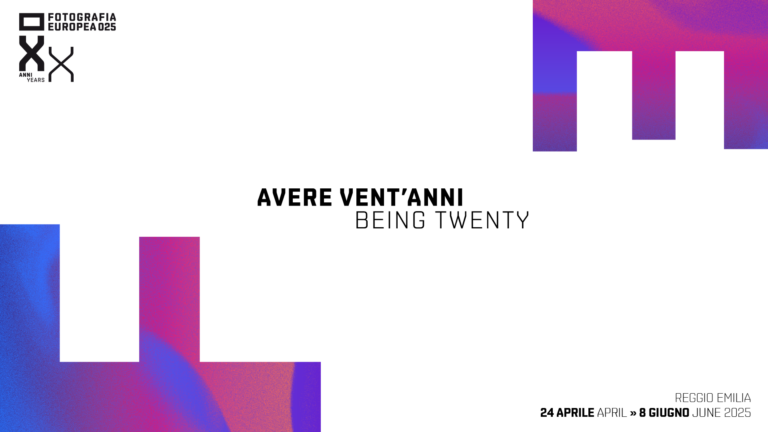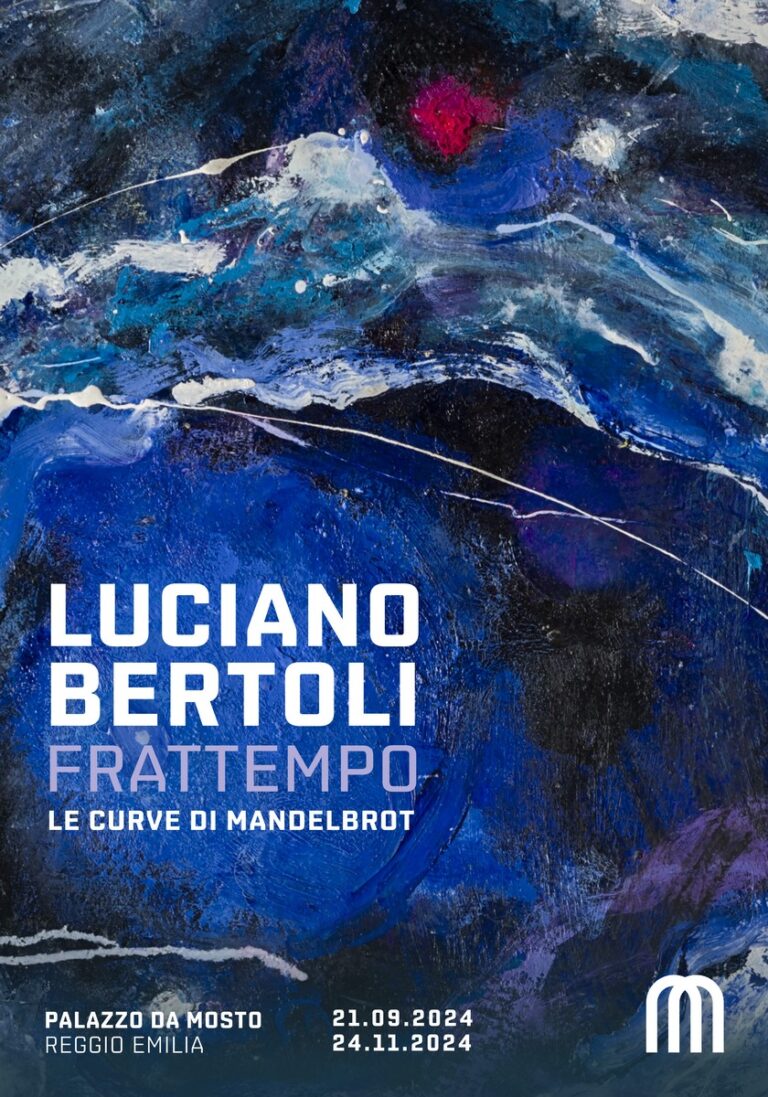A masterpiece from the Hermitage Museum, St Petersburg
A Renaissance masterpiece: the Portrait of a Lady by Correggio has been hosted in an exceptional architectural context, the Benedictine Cloisters of San Pietro designed by Giulio Romano, another consummate Renaissance artist.
The Portrait of a Lady by Antonio Allegri, known as il Correggio (c.1489-1534) is certainly the most important portrait by the painter. Nothing is known of the client or the subsequent ownership of the painting: its first reappearance in modern times was in the collection of Prince Yusupov in Russia in the early twentieth century.
About a century ago, scholars became aware of one of the most singular aspects of the painting: the writing that runs along the edge of the golden cup held by the girl. A quotation from Homer’s Odyssey, it suggests that the client was a member of the educated class and particularly passionate about classical literature.
The young woman’s high-ranking position is evidenced by the restrained elegance of her clothes, the discreet presence of jewels, and her elaborate hairstyle, all typical forms of early-sixteenth-century female fashion, yet expressed with great originality.
The exhibition of the Young Woman will enable us to undertake an up-to-date study of the many uncertain aspects that characterise the painting: the name of the woman portrayed, an interpretation of the signs and symbols that adorn her, and the motivation for the painting.
Leaving aside the sitter’s identity, the painting represents one the most incisive works by the Correggio artist, who most probably painted it shortly after his return to Emilia from a trip to Rome, where he studied the works of Michelangelo and Raphael.

